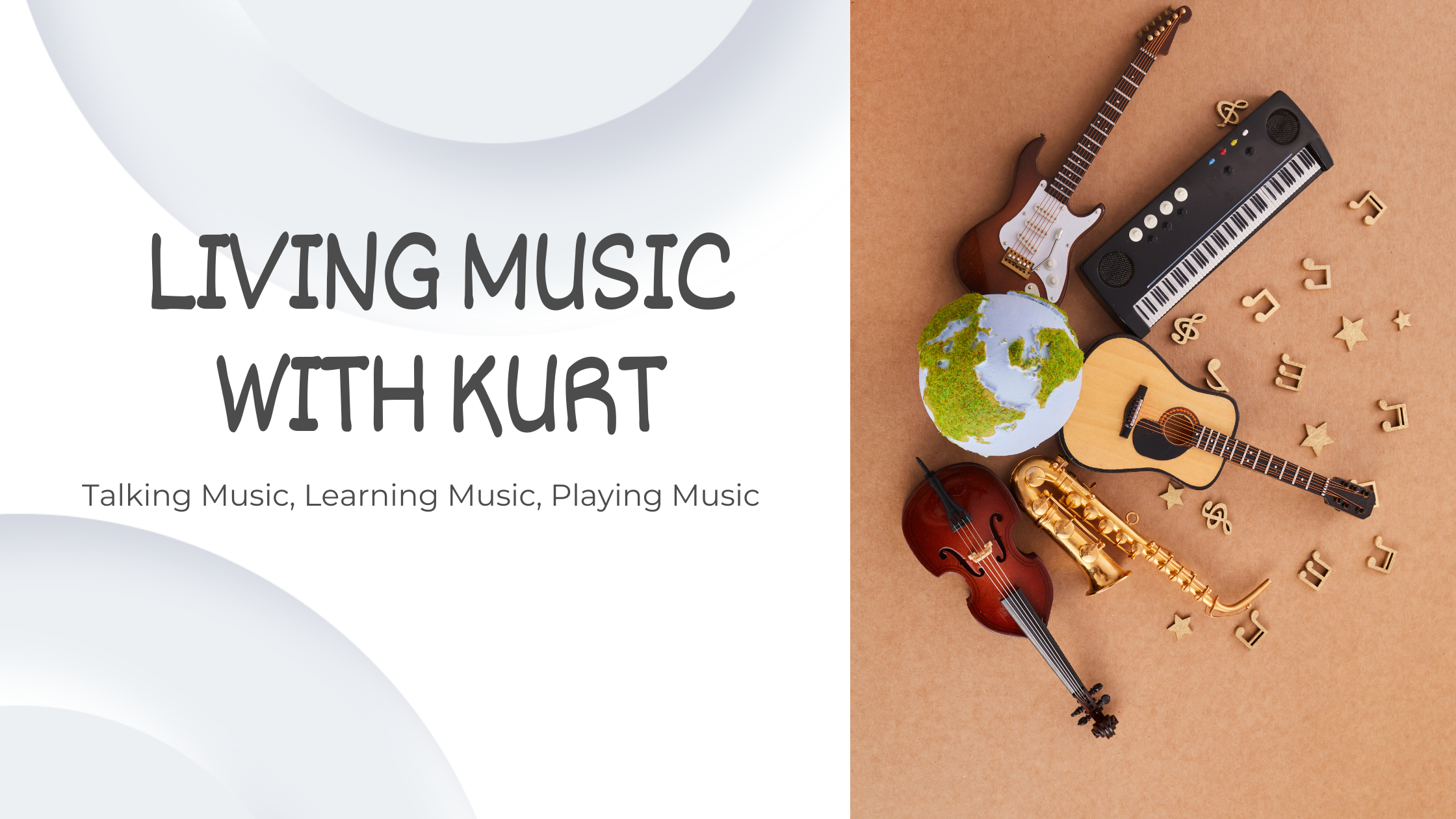Your Ultimate Guide to Learning and Playing Guitar: Tips, Techniques, and Resources
Learning to play the guitar is a journey that can be both challenging and incredibly rewarding. Whether you’re just starting out or looking to refine your skills, having the right resources and guidance can make all the difference. In this blog, we’ll explore various aspects of learning and playing guitar, offering tips, techniques, and resources to help you along the way.
Getting Started: Choosing the Right Guitar
Before you start learning, it’s essential to choose the right guitar. Here are a few tips to help you make the right choice:
- Acoustic vs. Electric: Acoustic guitars are great for beginners because they don’t require an amp, and you can start playing right away. Electric guitars, on the other hand, offer more versatility in sound but require additional equipment.
- Budget: Set a budget that works for you. There are plenty of quality beginner guitars available at affordable prices.
- Comfort: Make sure the guitar feels comfortable in your hands. Try out different models at a local music store to find the right fit.
Essential Guitar Accessories
Once you’ve chosen your guitar, it’s time to gather some essential accessories:
- Tuner: A reliable tuner is crucial for keeping your guitar in tune. Consider a clip-on tuner for convenience.
- Capo: A capo is used to change the key of a song without having to re-tune your guitar. It’s an essential tool for learning new songs.
- Picks: Start with medium-gauge picks, as they provide a good balance between flexibility and control.
- Strap: A comfortable guitar strap is important for playing while standing.
- Extra Strings: Always have an extra set of strings on hand, as they can break unexpectedly.
Learning the Basics: Chords and Strumming
To start playing songs, you’ll need to learn some basic chords and strumming patterns:
- Open Chords: Begin with open chords like G, C, D, Em, and A. These are the building blocks for many popular songs.
- Strumming Patterns: Practice simple downstrokes before moving on to more complex strumming patterns. Start slow and gradually increase your speed.
Practice Tip:
Use a metronome to keep time while practicing your chords and strumming. This will help you develop a strong sense of rhythm.
Scales and Finger Exercises
To improve your playing and develop finger strength, incorporate scales and exercises into your practice routine:
- Pentatonic, Major and Minor Scales: Start with the pentatonic scale and major and minor scales. These will help you understand the fretboard and improve your soloing skills.
- Finger Exercises: Practice exercises like the “spider” to improve finger independence and dexterity.
- Learn the notes of the fretboard: Pick a ‘note of the day’ and spend 5-10 minutes finding and playing just that note. Don’t just learn the notes between the nut and the 12th fret you should know the notes all the way up and down the neck. This seems tedious but it really pays off.
Practice Tip:
Dedicate 10-15 minutes of your practice session to scales and exercises to see steady improvement over time.
Learning Songs
Playing songs you love is one of the most enjoyable aspects of learning guitar. Here’s how to get started:
- Start Simple: Choose easy songs with basic chord progressions. Songs like “Knockin’ on Heaven’s Door” by Bob Dylan or “Horse with No Name” by America are great for beginners.
- Use Tabs and Chord Charts: Guitar tabs and chord charts are excellent resources for learning songs. Websites like Ultimate Guitar and Songsterr offer a vast library of songs to choose from.
- Play Along with Recordings: Playing along with the original recording helps you get a feel for the rhythm and timing of the song.
Practice Tips and Techniques
Consistent practice is key to improving your guitar skills. Here are some tips to make the most of your practice time:
- Set Goals: Set specific, achievable goals for each practice session. For example, mastering a new chord or learning the first verse of a song.
- Break it Down: If a song or technique seems too difficult, break it down into smaller, manageable parts and practice each part slowly.
- Record Yourself: Recording your practice sessions allows you to track your progress and identify areas that need improvement.
Advanced Techniques and Theory
As you progress, you might want to explore more advanced techniques and music theory:
- Barre Chords: Learn how to play barre chords to expand your chord vocabulary and play more complex songs.
- Soloing and Improvisation: Study pentatonic and blues scales, and start practicing soloing over backing tracks.
- Music Theory: Understanding basic music theory, such as how scales and chords relate to each other, will greatly enhance your playing and songwriting abilities.
Join the Guitar Community
Engaging with the guitar community can provide motivation and support:
- Online Forums: Join forums like r/guitars on Reddit or the Ultimate Guitar community to ask questions, share your progress, and connect with other guitarists.
- Local Jam Sessions: Look for local jam sessions or open mics to play with other musicians and gain real-world playing experience.
Conclusion
Learning guitar is a journey that requires patience, dedication, and a love for music. With the right tools, techniques, and resources, you can progress from a beginner to an accomplished guitarist. Keep practicing, stay motivated, and most importantly, enjoy the process of making music! Whether you’re strumming your first chord or mastering a complex solo, remember that every step forward is an achievement worth celebrating. Happy playing!

